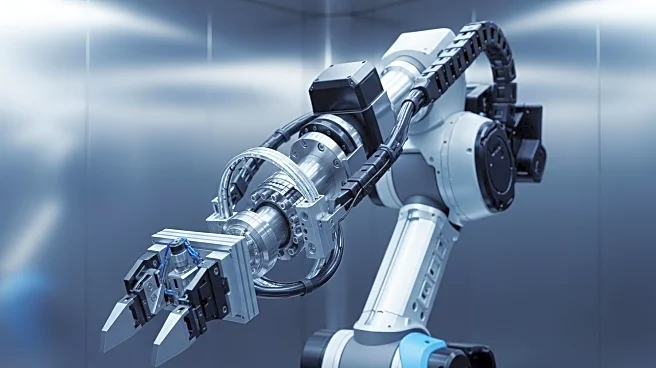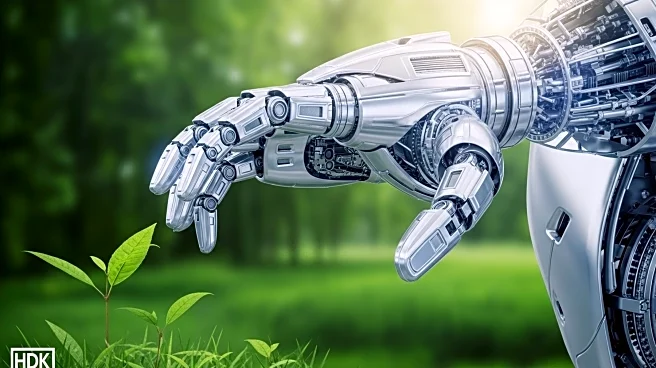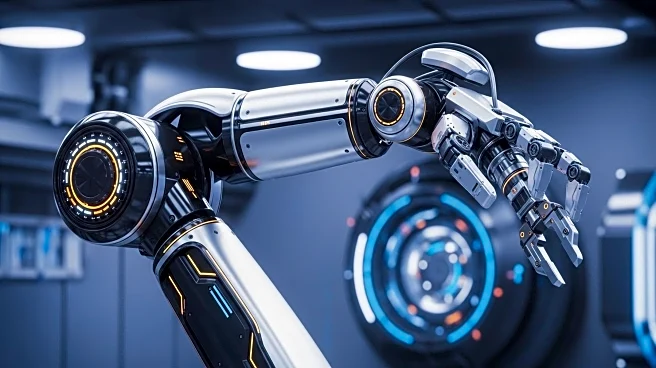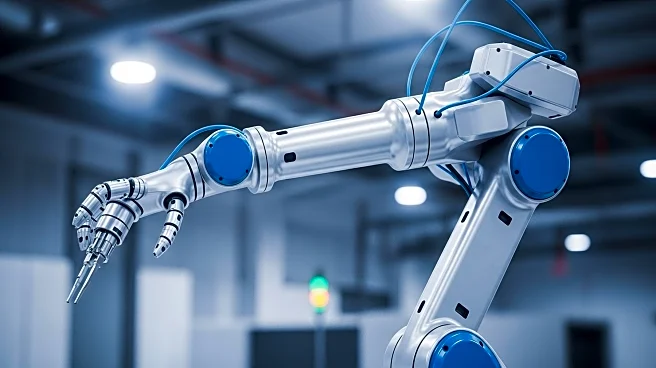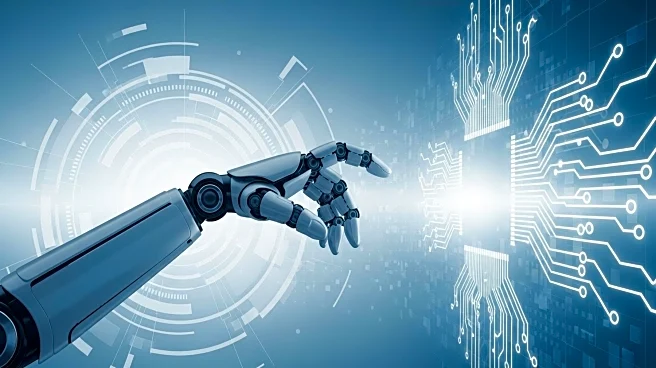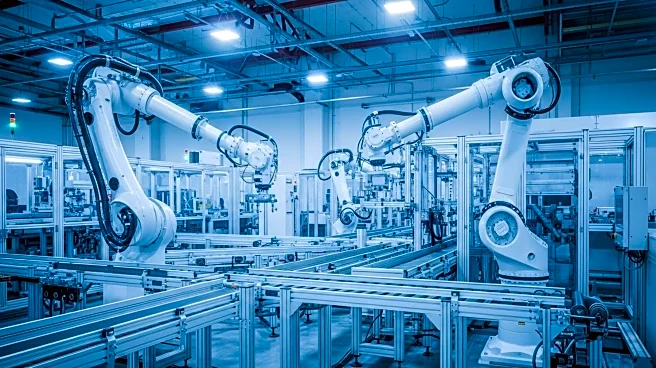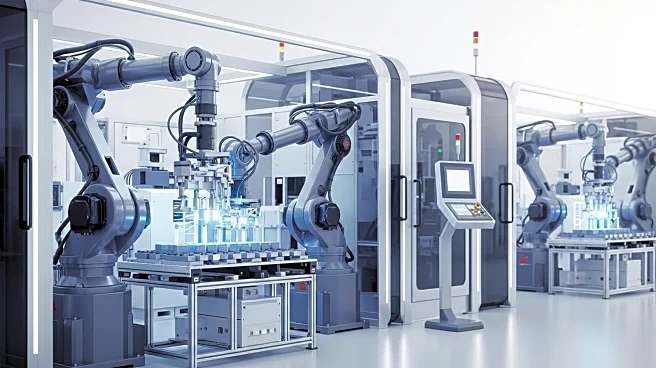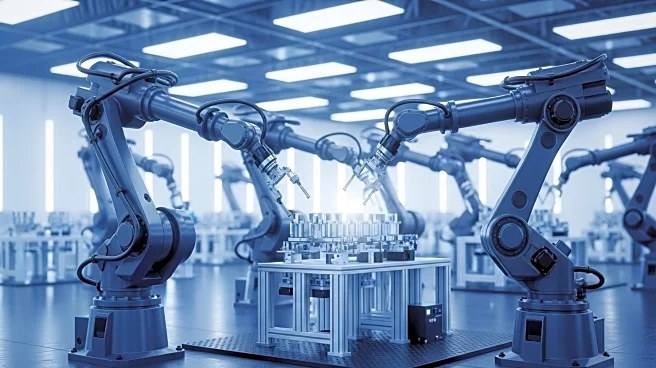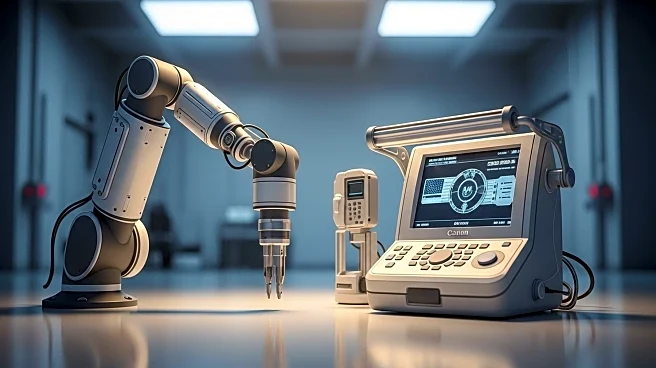What's Happening?
The U.S. is being encouraged to emulate China's successful robotics strategy to enhance its manufacturing sector and compete globally. China's advancements in robotics have significantly contributed to its industrial growth, particularly in sectors like electric vehicles. The U.S. faces a manufacturing labor shortage, with millions of positions potentially going unfilled, which could cost the economy $1 trillion annually. To address this, experts suggest that the U.S. should focus on increasing automation and robotics adoption to improve efficiency and productivity.
Why It's Important?
Adopting a national robotics strategy could help the U.S. overcome labor shortages and boost its manufacturing competitiveness. Robotics can enhance productivity, reduce costs, and enable round-the-clock operations, which are crucial for maintaining a competitive edge in the global market. Additionally, robotics can play a significant role in addressing environmental challenges by improving resource efficiency and supporting decarbonization efforts. The integration of robotics into the U.S. manufacturing sector could lead to substantial economic growth and environmental benefits.
What's Next?
The U.S. government and industry leaders may need to develop a comprehensive national strategy to promote robotics adoption across various sectors. This could involve increased investment in robotics research and development, as well as incentives for companies to integrate advanced automation technologies. Stakeholders will likely engage in discussions to outline the strategic vision and commitment required to make the U.S. a leader in robotics and manufacturing innovation.
Beyond the Headlines
The push for robotics adoption in the U.S. also raises ethical and social considerations, such as the impact on employment and the need for workforce retraining. As automation becomes more prevalent, there will be a need to address potential job displacement and ensure that workers are equipped with the skills needed for new roles in a technology-driven economy.

